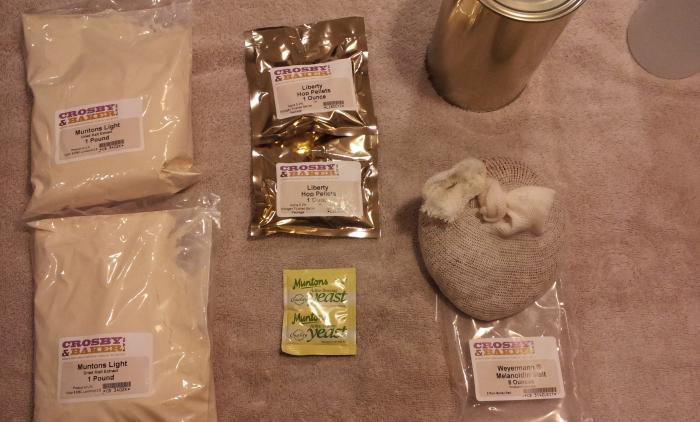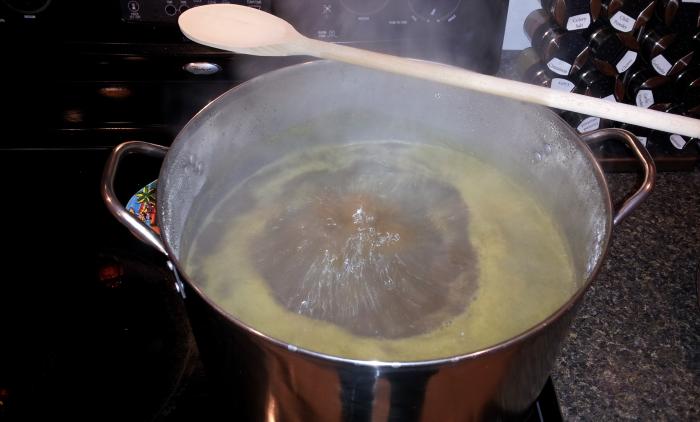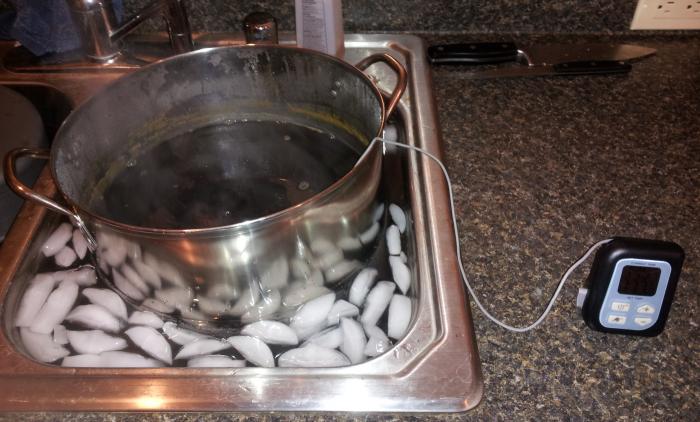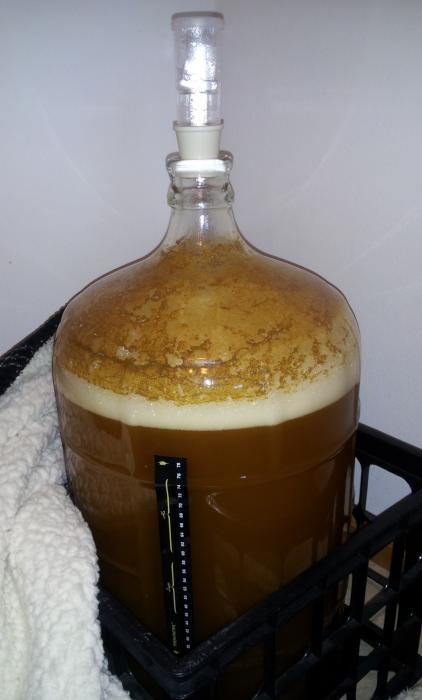Coolhand78
Well-Known Member
Hi everyone - a new home brewer here, and glad to find such a great forum for advice.
I recently received a True Brew Gold kit, and last night I started my very first batch: a True Brew Oktoberfest partial extract.
I did a lot of reading to get my bearings before getting started, and all in all, I think everything went pretty well. However, just before pitching my yeast I siphoned into a tall glass to get a hydrometer reading. The glass apparently was not tall enough, because the hydrometer did not float and just sat at the bottom. I did not realize that I could have used the plastic tube the hydrometer came in.
So, how much of an issue is this, that I do not know my starting gravity? It would be nice to know the final alcohol content of my beer, but more importantly, how will I know when it is safe to bottle? The instructions say fermentation should take about a week, but based on some reading here I think I'll let it stay in the carboy for 2 weeks before bottling.
Any advice?
The only other slight mishap I had was when I was cooling the wort. I was putting more ice into my sink, and 2 or 3 ice cubes accidentally fell into the wort. I quickly got 2 of them out with a sanitized spoon. Hoping it's not a big deal, but obviously the ice is unsanitized water.
I really appreciate any feedback. Thanks!
p.s. - Yeast began doing its job with slight bubbling of the airlock within a couple hours. Now 12 hours later the airlock is doing a steady bubble.





I recently received a True Brew Gold kit, and last night I started my very first batch: a True Brew Oktoberfest partial extract.
I did a lot of reading to get my bearings before getting started, and all in all, I think everything went pretty well. However, just before pitching my yeast I siphoned into a tall glass to get a hydrometer reading. The glass apparently was not tall enough, because the hydrometer did not float and just sat at the bottom. I did not realize that I could have used the plastic tube the hydrometer came in.
So, how much of an issue is this, that I do not know my starting gravity? It would be nice to know the final alcohol content of my beer, but more importantly, how will I know when it is safe to bottle? The instructions say fermentation should take about a week, but based on some reading here I think I'll let it stay in the carboy for 2 weeks before bottling.
Any advice?
The only other slight mishap I had was when I was cooling the wort. I was putting more ice into my sink, and 2 or 3 ice cubes accidentally fell into the wort. I quickly got 2 of them out with a sanitized spoon. Hoping it's not a big deal, but obviously the ice is unsanitized water.
I really appreciate any feedback. Thanks!
p.s. - Yeast began doing its job with slight bubbling of the airlock within a couple hours. Now 12 hours later the airlock is doing a steady bubble.






